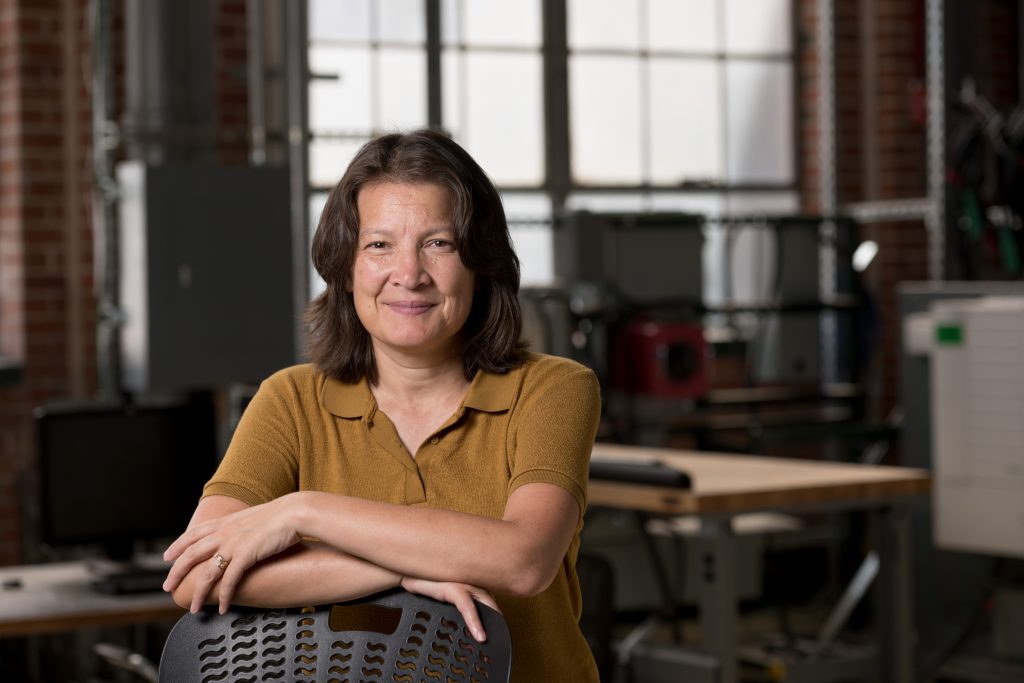Research Experiences for Undergraduates
Summer 2022: Airborne Connections
Mentored research experiences for undergraduate students.
Participate in one ten-week-long research project.
Engage in hands-on experiments in state-of-the-art facilities with faculty mentors.
Develop research skills and problem solving abilities.
Get support from graduate student mentors and fellow participants.
Grow your professional and peer network.
Discover innovative solutions to society’s airborne challenges.
